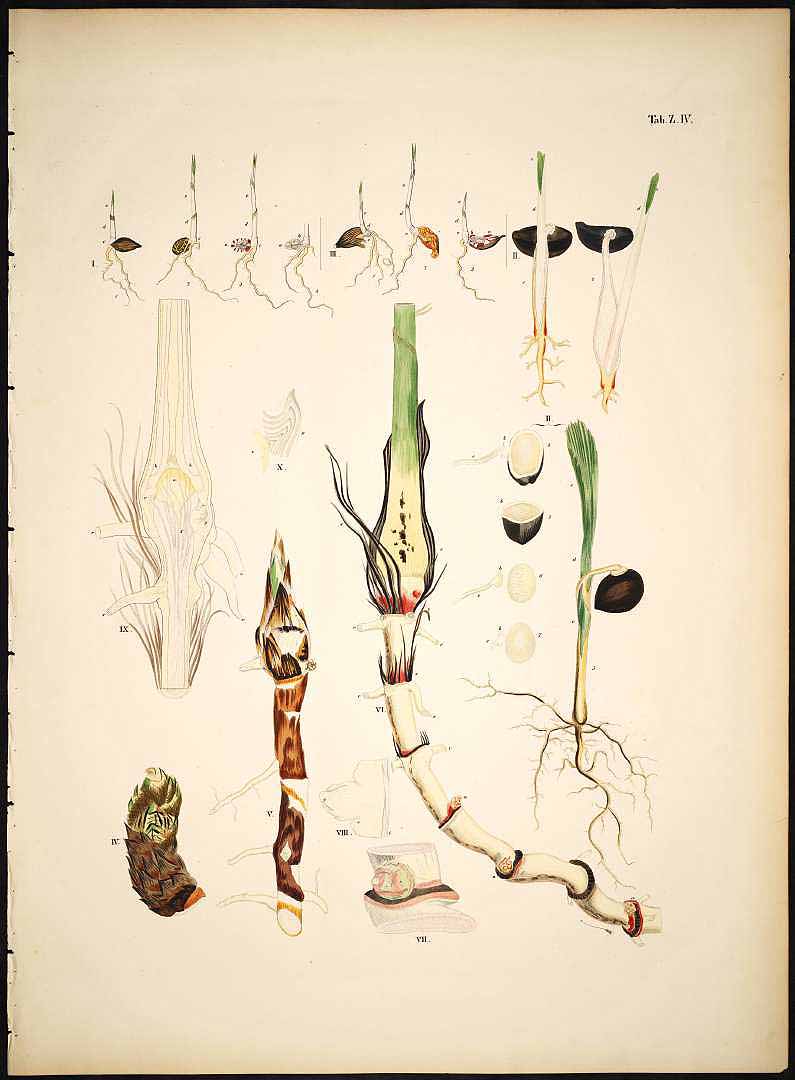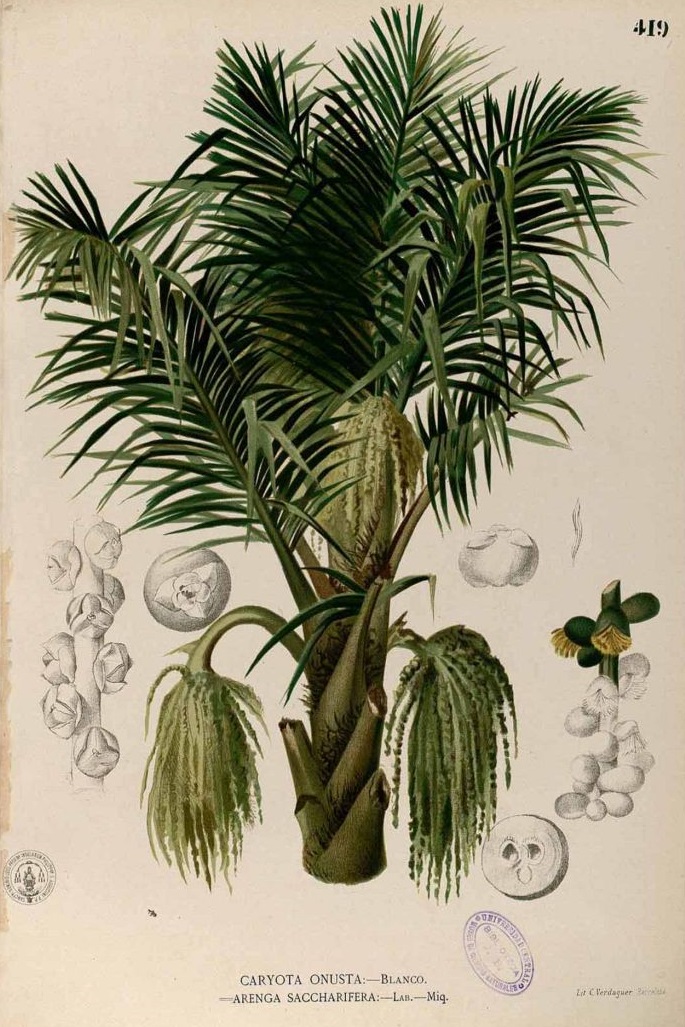! Nouveau site ici !
Vita > Plantae > Magnoliophyta > Liliopsida > Arecales >
Arecaceae > Arenga
Arenga pinnata
(Palmier à sucre)

 | ****
| ****
Vita > Plantae > Magnoliophyta > Liliopsida > Arecales >
Arecaceae > Arenga
Arenga pinnata
(Palmier à sucre)

-2°C
Un grand palmier. Il atteint 18 m de haut. Il forme un tronc de 30 cm de diamètre et recouvert de vieilles bases de feuilles et de fibres noires. Il a des épines de 7,5 cm de long. Il a de longues feuilles qu... (traduction automatique)
→suite
⬀
Le  donne accès au menu
donne accès au menu (c'est votre point de repère) 😊 ;
En dessous vous avez la classification, à partir de la vie (Vita, premier rang) jusqu'à la classe au dessus de la plante, dont vous trouvez ensuite le nom scientifique/botanique (latin) puis le nom commun (français), le cas échéant ;
C'est aussi un lien vers la fiche complète (tout comme la ✖, en bas à droite, et le +, en dessous de la description) ;
Vient alors l'illustration (ou ce qui la remplace, en attendant), la comestibilité :
Et en bas
⬂





